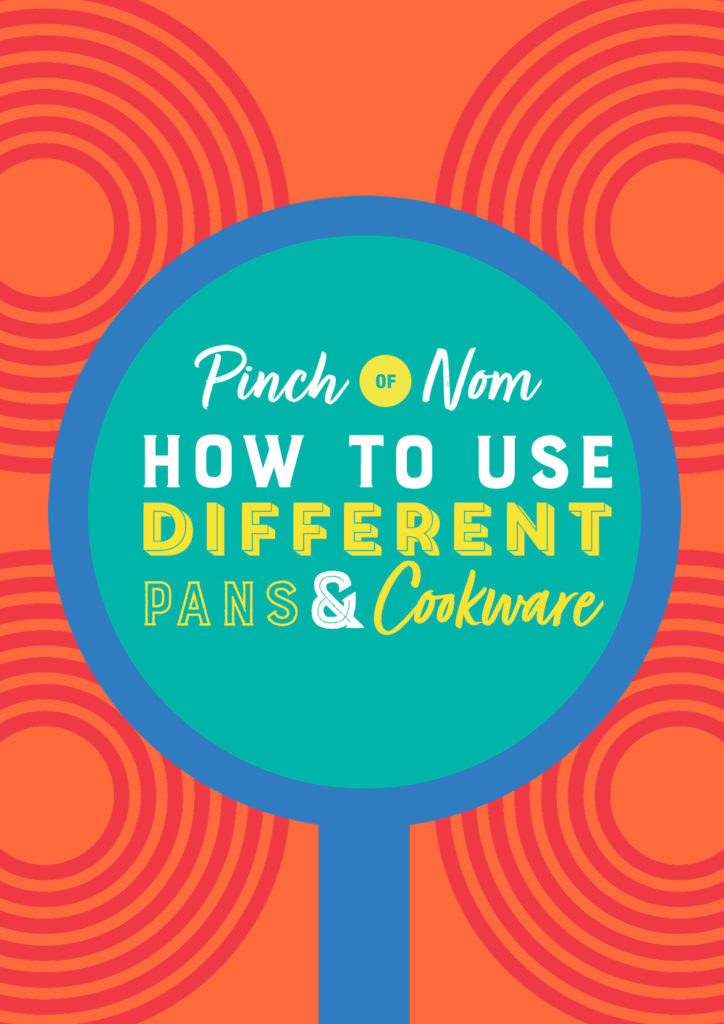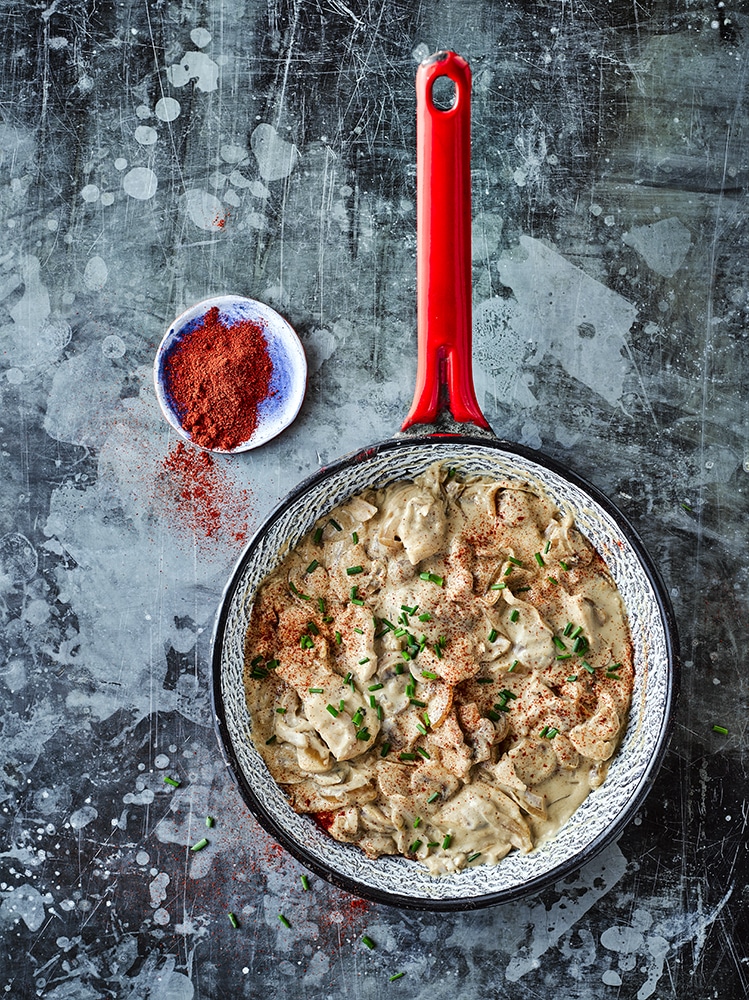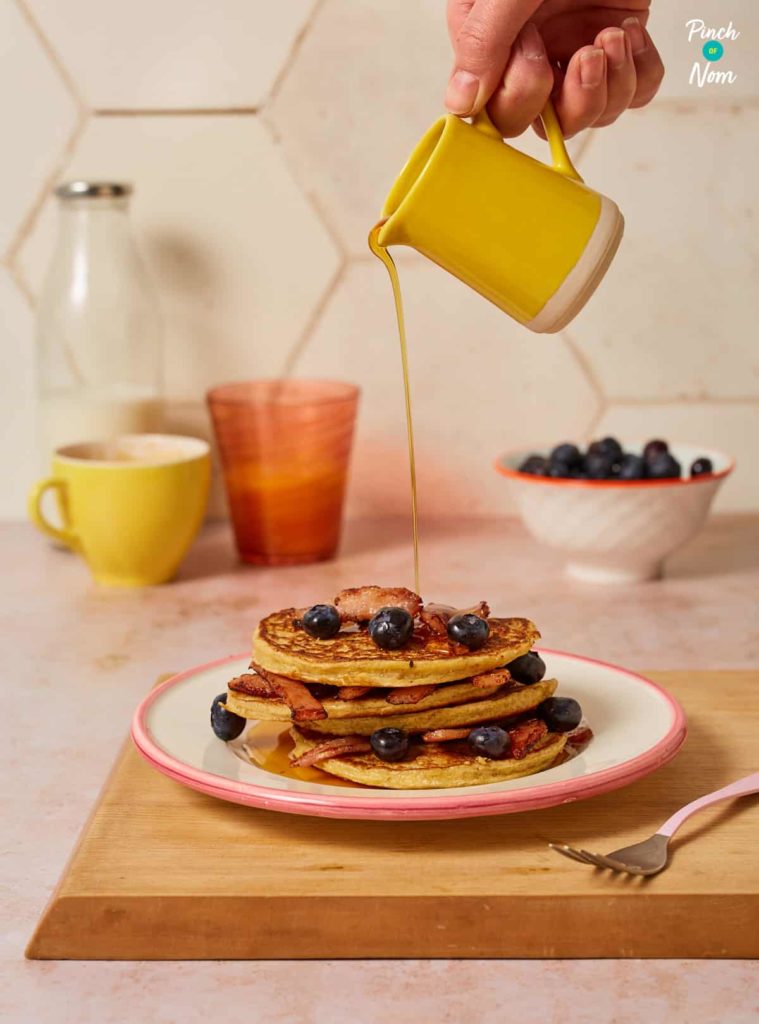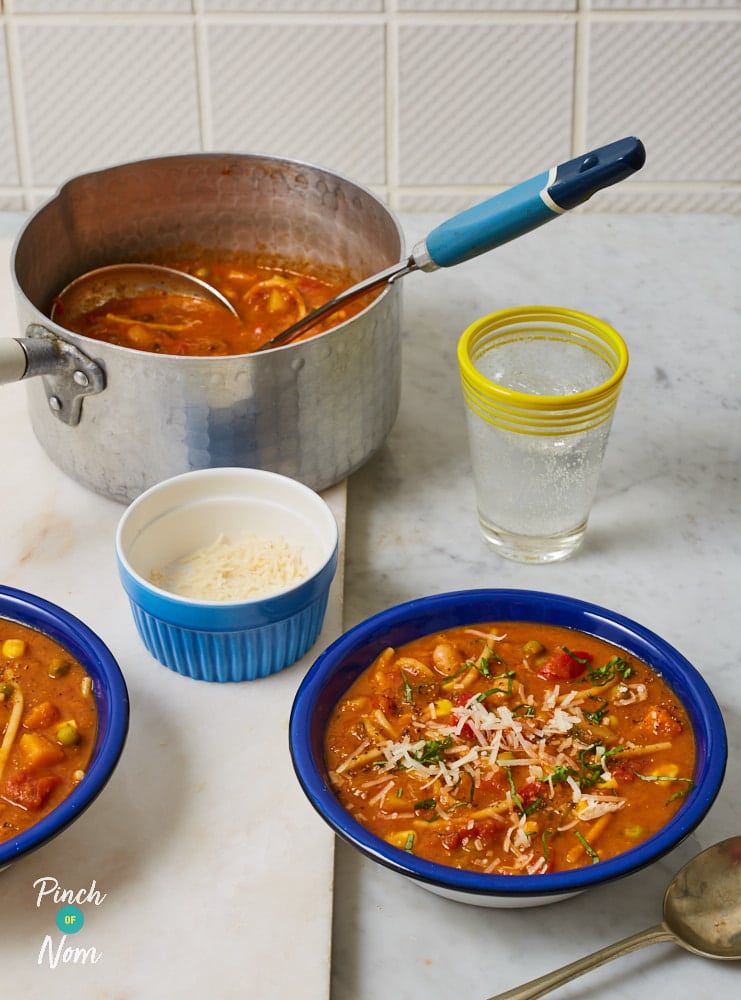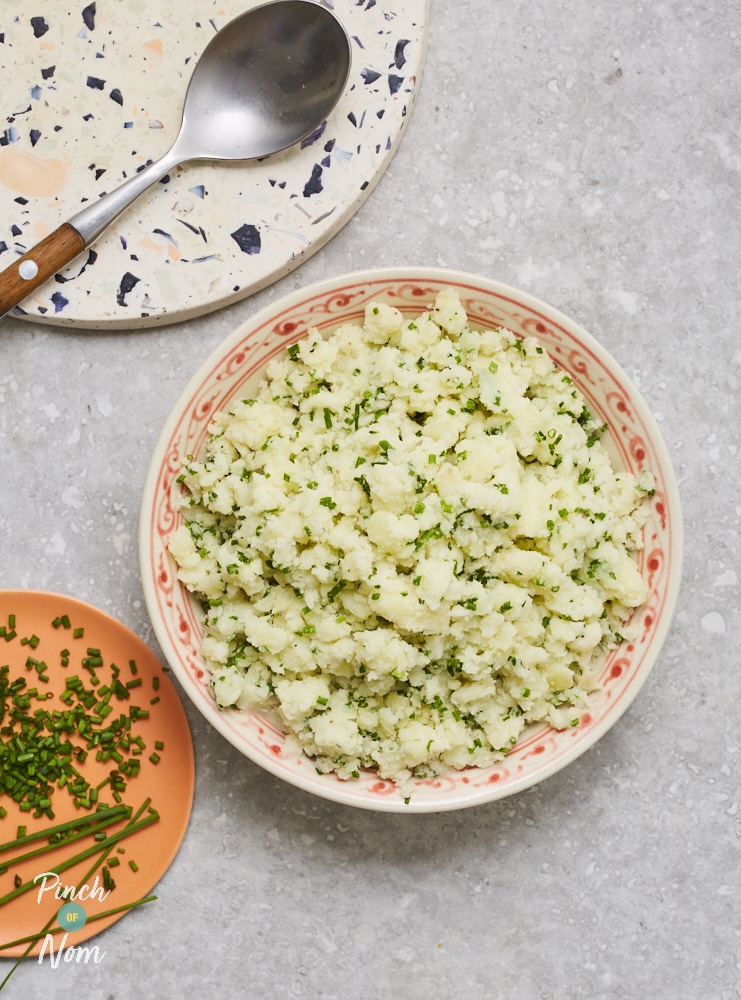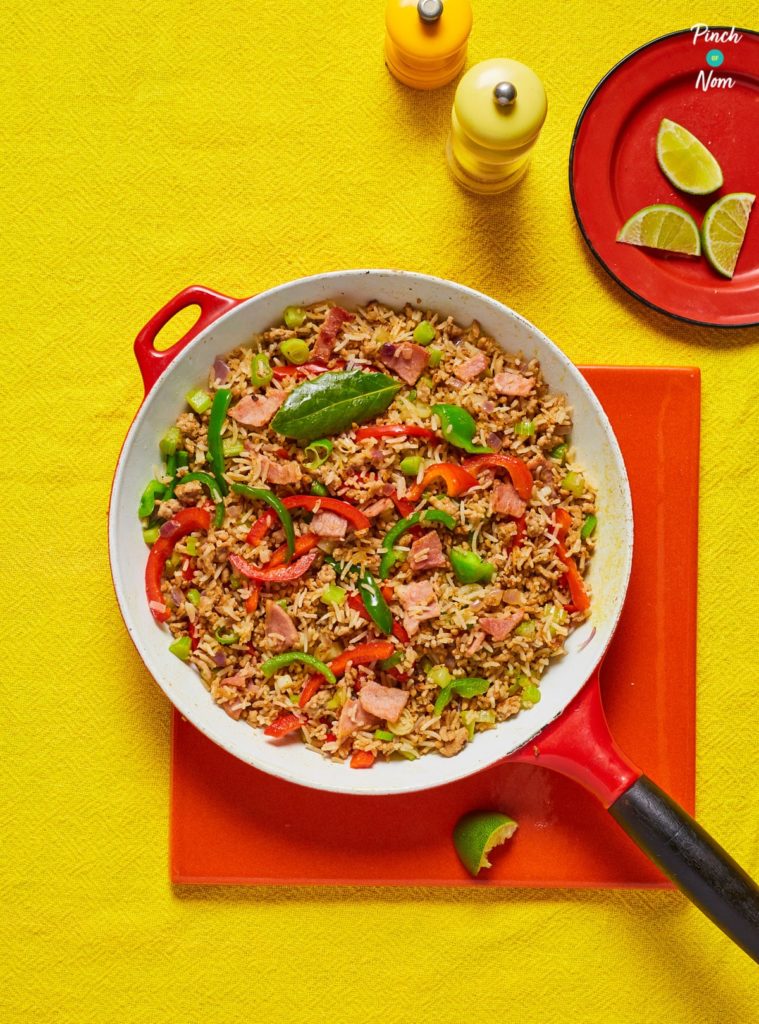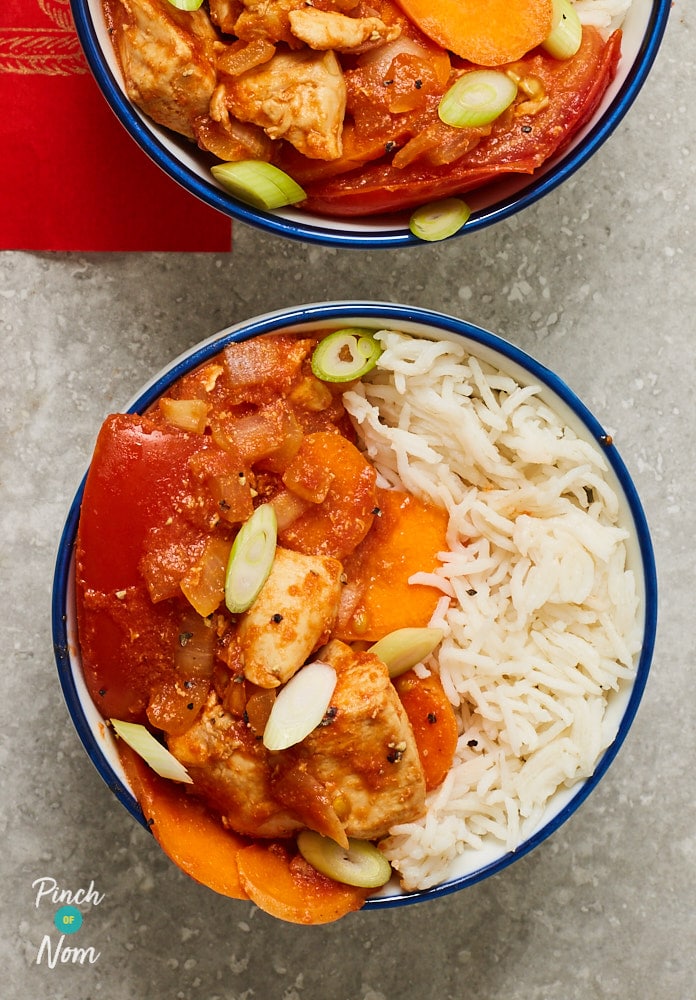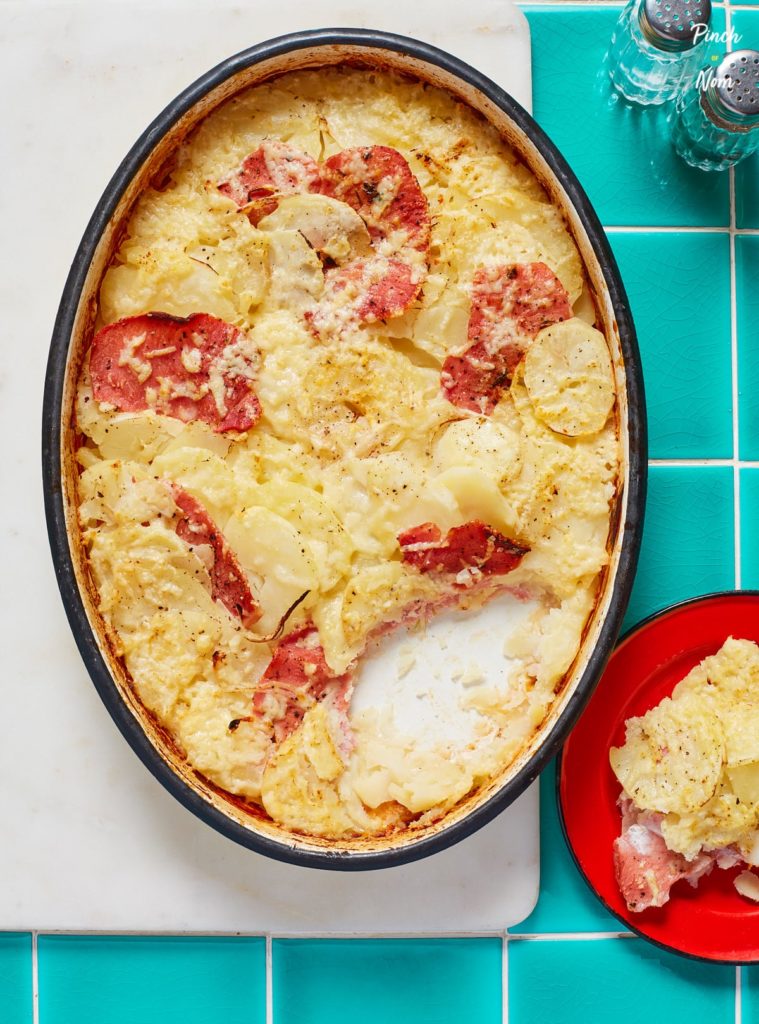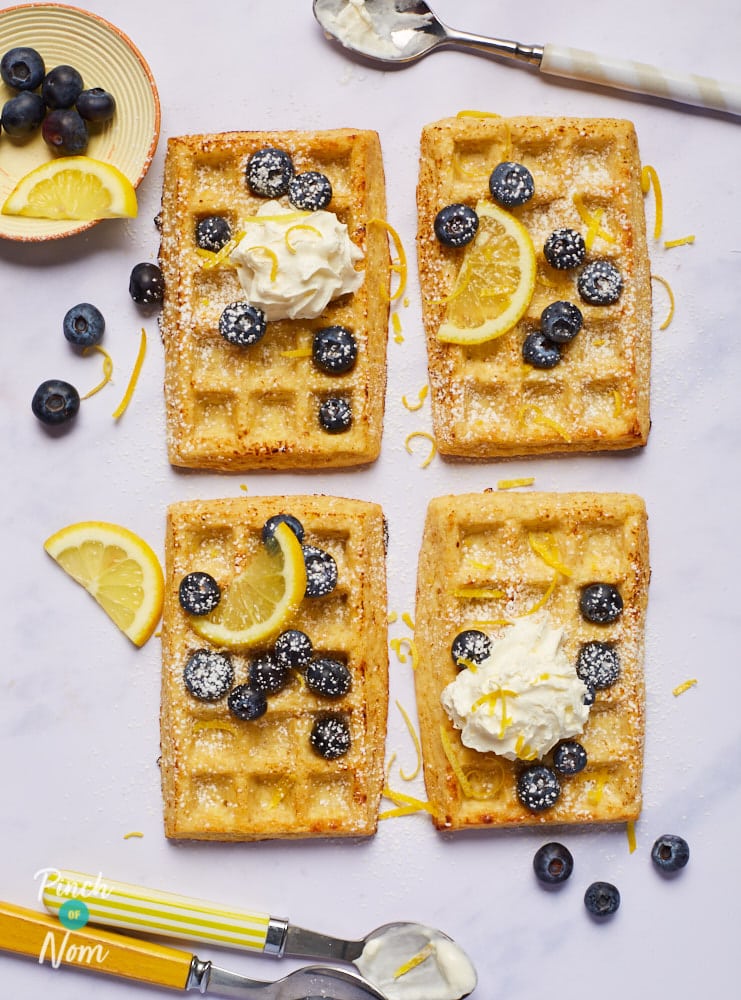How To Use Different Pans & Cookware
With so many different pots and pans available these days it can be confusing to know which ones you really need, and how to use them.
From induction friendly pans to cast iron pots it’s easy to become overwhelmed!
Understanding which type of cookware to use for different foods will help you feel more confident in the kitchen, so you can create delicious, healthy food.
Our guide to how to use different pans and cookware will help you learn a little more about the options out there.
You can pick and choose the items that you think you’ll use the most regularly, to equip your kitchen without it getting too pricey!
Start by thinking about what types of dishes you cook most often, and how many people you’re likely to be catering for.
This will help you work out the right basic items to stock your kitchen with. Then you can add any specialist cookware that you might need.
When you invest in the right pans and know how to care for your cookware you should find that you won’t have to replace them regularly.
Let’s start by looking at the different kinds of materials that cookware is traditionally made from:
Please note, this post contains affiliate links. Find out what this means.
Stainless steel pans
Stainless steel is practically indestructible, which is why it’s used by a lot of top chefs.
Not only that, but it distributes heat evenly and, if you use it correctly, food shouldn’t stick to it.
The key with stainless steel cookware is to always preheat your pans and wait until they’re hot enough before adding oil – this will reduce the chance of food sticking.
An easy way to check if the pan is hot enough is to add a drop of water and see how it reacts. If it forms lots of smaller droplets and evaporates, your pan is ready!
With this type of cookware you also need to bear in mind that you can cook at a slightly lower temperature because of the way the steel heats up so quickly.
To look after your stainless steel pans make sure you don’t expose them to extreme heat – this means not letting them get too hot or too cold too quickly.
It’s important to avoid running your hot pans under cold water – leave them to cool down before washing instead.
And talking of washing, you should avoid scrubbing these types of pans with steel wool or scouring pads! This can scratch the steel and ruin your pan.
A set of stainless steel pans like these are a perfect addition to your kitchen!

Try whipping up this Creamy Garlic Chicken in a stainless steel frying pan.
Non-stick pans
Non-stick pans are often made from steel or aluminium with a special coating that stops food sticking to them.
Because of this, you can often cook food with less fat or oil – and they can be easier to clean.
While this may sound like the ultimate convenience, non-stick pans are less durable than other alternatives. If the non-stick coating gets scratched or wears off, it’s time to replace your pan.
The best way to use non-stick pans is to avoid using metal utensils – these could damage the non-stick coating. Opt instead for wooden spoons or silicone utensils that are softer and non-scratch.
Non-stick pans should only ever be used on a low or medium heat to protect the coating. You should also take care not to preheat these kinds of pans without first adding oil.
Similarly to stainless steel pans, you need to take care when cleaning your non-stick cookware if you want it to last.
Abrasive scrubbing will remove the all important coating and you’ll end up needing new pans!
Try this non-stick set from Amazon that includes all your essential pots and pans.
Non-stick pans are great for pancakes like these Bacon and Maple Blueberry Pancakes.
Cast iron pots and pans
Cast iron is so durable that it’s been known for pots and pans to be passed down from one generation to the next.
They say that these types of pans only get better with age – but the key is knowing how to use and care for them correctly!
Whether you buy a new cast iron pan or get one handed down to you, you’ll need to learn how to ‘season’ it.
Seasoning cast iron involves cleaning the pan, thoroughly drying it out and then coating it with a thin layer of oil that you essentially bake into the iron.
When this is done right, you’ll create a non-stick coating that is super durable. Cast iron pans usually need seasoning around twice a year.
When your cast iron cookware is seasoned and ready you can get cooking!
These types of pans don’t heat as evenly as some alternatives so you need to give the pan time to preheat thoroughly before you add any food.
One of the best things about cast iron cookware is that it can be used in the oven as well as on the hob – which is great if you want to brown meat and then finish a dish in the oven!
Some cast iron pans like this one from Amazon come pre-seasoned so you can get started right away!

This Pork and Pepper Stew is perfect for simmering in a cast iron pot.
Induction friendly pans
If you have an induction hob in your kitchen you’ll need to bear in mind that only certain pots and pans will be compatible.
Induction hobs work by heating the pan, rather than the hob surface – so the pans need to be able to conduct the energy.
Stainless steel and cast iron pans are induction friendly, but any aluminium or copper cookware won’t work on an induction hob.
This Ninja Foodi pan set from Amazon is induction friendly.

What comes in a set of pans?
A traditional set of pans will generally include 4 main types of pan – a stock pot, a frying pan and sauce pans in varying sizes.
Stock pots
The stock pot is a deep pot with a flat bottom and a lid that’s used to make stocks, soups and stews.
They make it easy to brown your meat and then add liquid ingredients to simmer together.
A stock pot is great for hearty soups like this Minestrone.
Saucepans
Saucepans can be used to boil vegetables, rice and pasta or simmer sauces and soups.
They tend to be taller than they are wide, which makes them good at boiling water and other liquids.
Keep it simple and boil up some spuds for our comforting Creamy Mashed Potatoes.
Frying pans
Frying pans are shallow and wide, giving a large surface area to help foods cook quickly. They’re handy for everything from browning meat to making omelettes!
Where frying pans would once have been associated with using lots of oil or fat, you can now use any low calorie cooking spray to fry food more healthily.
Why not use your frying pan to try our Dirty Rice recipe?
Specialty pots and pans
Once you have the basics taken care of, you can pick up any other cookware that you think you may use from time to time.
Here are a few of our favourite types of pots and pans that may not be essential but are so handy!
Woks
Perfect for healthy stir fries, woks are wide and shallow with a rounded bottom.
Originally from China, they’ve been used for thousands of years and are a really handy addition to your kitchen.
The shape of the pan helps the heat to spread out evenly, meaning you can cook food really quickly and without needing to add much oil.
Try using your wok for flavourful Asian inspired dishes like this Chinese Chicken with Tomatoes
A good wok like this one from Amazon will last for years.

Casserole dishes
Along with stews and casseroles, if you choose a large, oval shaped dish you’ll also be able to use it to roast all kinds of meats and vegetables.
In general, the larger the dish the better, as more room inside will mean more space for heat to circulate.
Why not give our hearty Bacon, Onion and Potato Bake a go?
A good casserole dish with a lid like this one will come in handy time and time again.
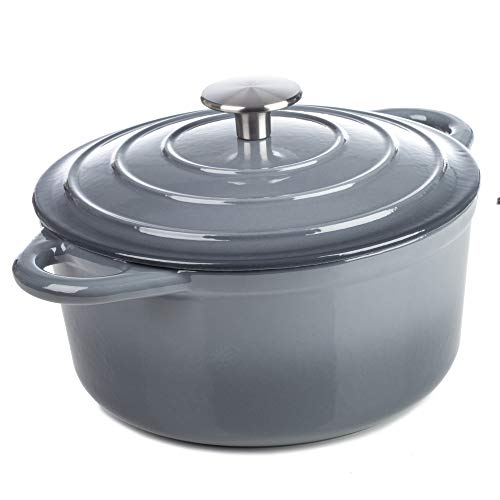
Silicone bakeware
It’s no secret that we love to bake! From easy breakfast muffins to delicious sweet treats, silicone bakeware can make baking so much easier.
Because they’re so flexible, silicone trays and moulds are great for foods that tend to get stuck! We especially love to use them for waffles like these Lemon and Blueberry Waffles.
These rectangle shaped moulds are easy to use and clean.
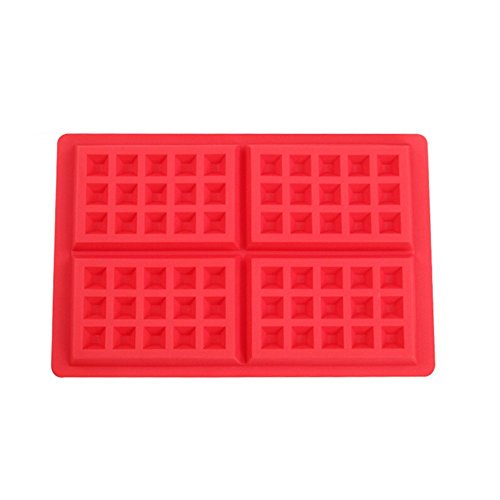
Get cooking!
Once your kitchen is kitted out with all the essentials you’ll feel confident and ready to tackle any recipe.
Have you got any top tips for using different pans and cookware? Let us know over on our Facebook Group! There are almost 1 million members who love to share ideas and inspiration. Come join the fun!
